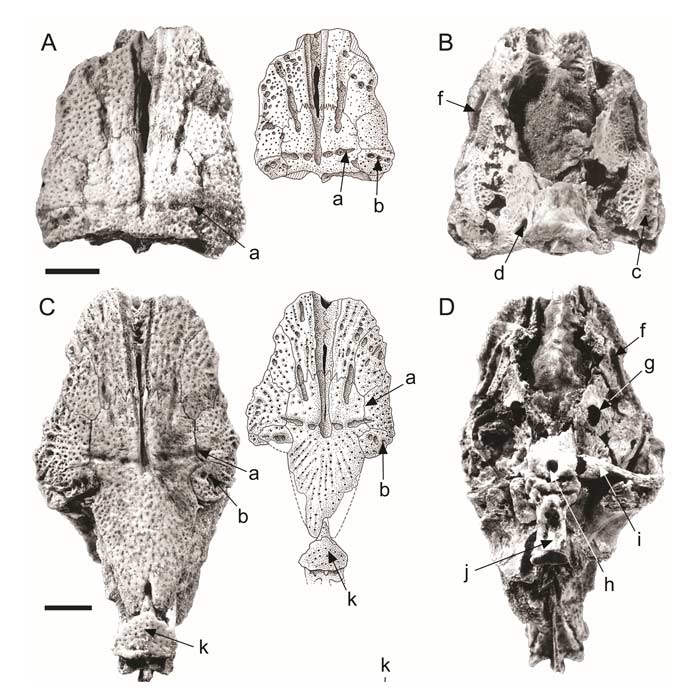Octobre 2025 : publication Catfishes, a Highly Diversified Group
Siluriformes From the Upper Cretaceous and Paleocene of Bolivia
The Formations El Molino and Santa Lucia from the Maastrichtian and Danian of Bolivia (around 70 Ma and 60 Ma) yielded among the oldest and remarkably diverse catfish assemblages. They were discovered and partially described in the 80s and 90s. The material is relatively well preserved, including the oldest neurocrania and Weberian apparatus currently known, whereas the rest of the ancient catfish record is essentially made of pectoral and dorsal spines. The chapter reviews these catfish fossils and allows distinguishing at least eight taxa. Among them, the species †Andinichthys bolivianensis is probably related to the family Pimelodidae, and two closely related species are attributed to an unknown group of Doradoidea. The study confirms the interest of these ancient catfish assemblages and highlights the potential that remains. It has enabled the rooting of extant families of Siluroidei at the dawn of the Cenozoic, with members in the Bolivian freshwaters, and the identification of a catfish with an unknown cranial morphology. The variety of forms evidenced remains to be further explored, particularly through the comparative study of three-dimensional neurocrania and Weberian apparatus.

Références
Otero O., Cavin L., Cespedes R. 2025 – Siluriformes from the Upper Cretaceous and Palaeocene of Bolivia. In Arratia G., Reis R.E. (eds), Catfishes, a Highly Diversified Group, Volume 2: Catfishes, Evolution and Phylogeny – Doi: 10.1201/9781003374312-6



